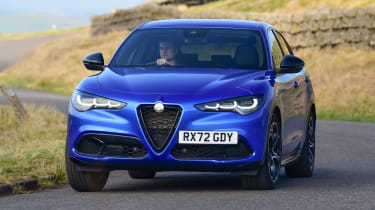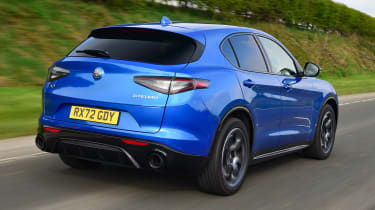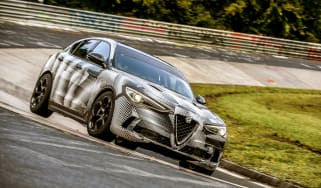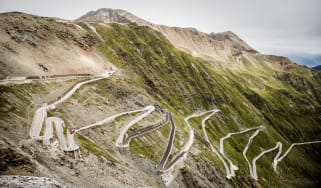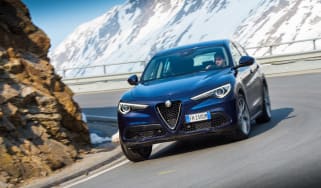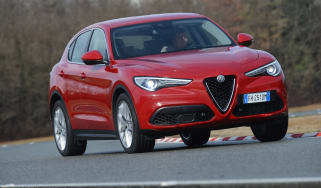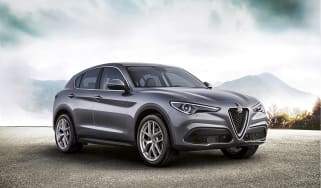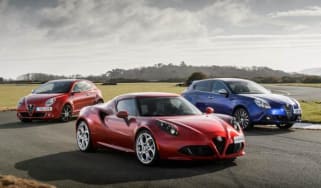Alfa Romeo Stelvio 2025 review – a worthy alternative to the BMW X3?
The Stelvio offers a unique dynamic flavour and plenty of style, but updates haven’t addressed its second-rate cabin
It's hard not to be encapsulated by the 33 Stradales and GTAms of the world, but for Alfa Romeo, it knows its future hinges on the success of its bread-and-butter models. First unveiled in 2016, the Stelvio marked the brand's first SUV, and its first foray into what swiftly became one of the most lucrative and highly competitive areas of the market.
The Stelvio squares up against a broad spread of competition; four-cylinder petrol and diesel engines make up the core range, topped by the fire-breathing 513bhp Quadrifoglio. With a lightweight Giorgio platform shared with the excellent Giulia saloon, every version feels distinctly Alfa-like to drive, but buyers in this space demand a wide range of talents; particularly at the Stelvio's £46,350 starting price.
> BMW X3 M50 2025 review – 393bhp six-cylinder SUV previews the X3 M
A mid-life update gave the Stelvio a fresh new face and improved technology to keep pace with the Porsche Macan, new BMW X3 and Mercedes-Benz GLC, all of which have been refreshed in recent times. LED Matrix headlights, a new digital instrument panel and a streamlined trim lineup were among the major changes, but have they been enough to shift the Stelvio into the big leagues?
Alfa Romeo Stelvio: in detail
- Performance and 0-60mph time > The petrol Stelvio is usefully brisk and flexible, but its 5.7sec 0-62mph figure feels out of reach
- Engine and transmission > The engine lineup has been simplified further for 2025, with one diesel unit and two petrols. An eight-speed auto is standard, operated by gorgeous aluminium paddles
- Ride and handling > The Stelvio feels pointier and lighter on its feet than most SUVs, but partly at the expense of ultimate comfort
- MPG and running costs > You'll struggle to hit 30mpg in the petrol model, but the diesel fares much better
- Interior and tech > Nostalgic design touches aren't enough to distract from what is a relatively basic, low-rent cabin for the money
- Design > Careful styling tweaks have kept the Stelvio looking fresh – it's more desirable than it ever was
Prices, specs and rivals
The Stelvio has been aggressively pitched into the premium SUV fold with a starting price that's in line with the BMW X3. The cheapest model is the Sprint, which costs £46,350 when equipped with a 207bhp 2.2-litre diesel engine. By comparison, the new BMW X3 20 xDrive comes with a 2-litre petrol unit that's good for 205bhp for £49,495, with the cheapest Audi Q5 now weighing in at £50,730 with a 201bhp petrol engine. Unless you really need the extra economy of the diesel, the 276bhp 2-litre petrol engine is more befitting of the Stelvio's sporting character and is available from £48,750.
The four-cylinder Porsche Macan starts from £56,000, and while it's considerably more expensive than the Stelvio, it remains the dynamic benchmark for its blend of comfort and involvement. It's important to note that all these rivals feel more sumptuous than the Alfa inside, with more modern tech, crisper screens and better connectivity.
